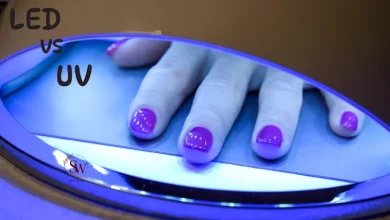Does Nail Polish Expire?
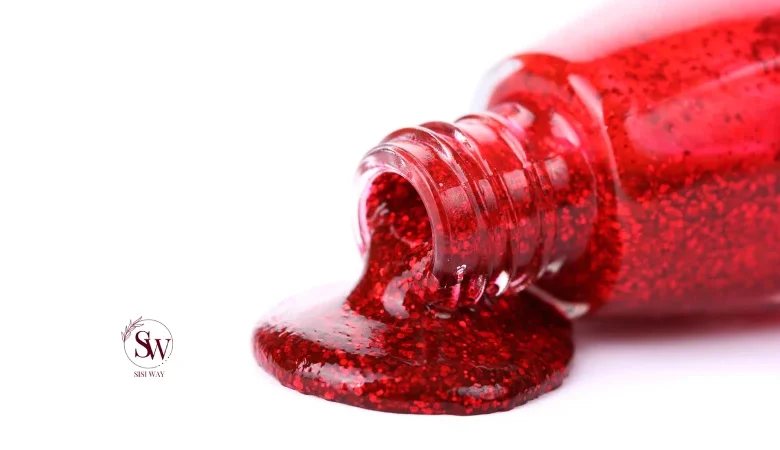
Can Nail Polish Expire?
Nail polish is a staple beauty product that allows individuals to express their creativity and enhance their overall appearance. With a wide variety of colors and finishes available, it’s no wonder that nail polish is a go-to choice for many people. However, like all cosmetic products, nail polish has a finite shelf life. In this article of sisiway, we will explore the question: Does nail polish expire? We will delve into the factors that affect its longevity, signs of expiration, and how to properly store and extend the lifespan of your favorite polishes.
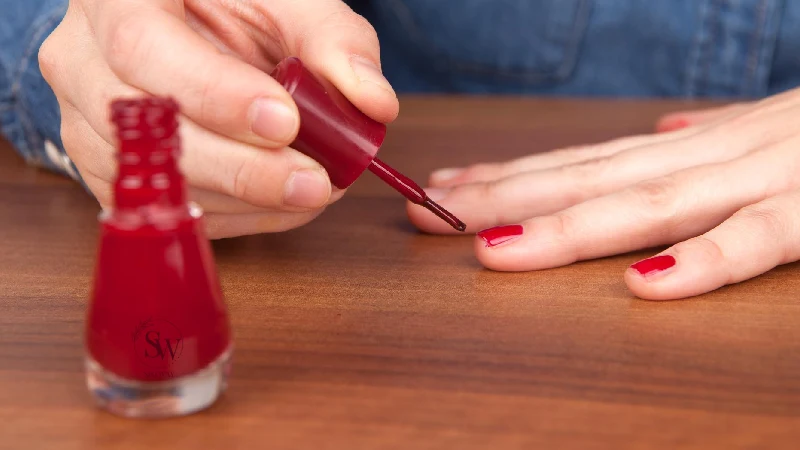
Understanding the Shelf Life of Nail Polish:
Nail polish, similar to other cosmetic products, contains a mixture of chemicals that can degrade over time. The primary components of nail polish are solvents, film-forming agents, pigments, and plasticizers. These ingredients work together to create the desired color and finish while providing durability and chip resistance.
Read more: Can Nail Polish Cause Cancer?
Factors Affecting Nail Polish Lifespan:
Factors affecting the lifespan of nail polish are worth understanding to ensure that your favorite shades stay fresh and usable for as long as possible. Several key elements can influence the longevity and quality of nail polish, ranging from how it is manufactured to how it is stored and used. In the following, we have examined the most important of these factors.
Exposure to air:
Exposure to air is a significant factor that can impact the lifespan of nail polish. When nail polish is exposed to oxygen, the solvents in the formula begin to evaporate, leading to changes in the consistency and overall quality of the polish. Over time, the polish can become thicker, clumpier, and more challenging to apply smoothly on the nails. Additionally, prolonged exposure to air can cause the polish to dry out, resulting in a hardened texture that renders it unusable. To minimize air exposure, it is crucial to ensure that the nail polish bottle is tightly sealed after each use and stored in a cool, dark place.
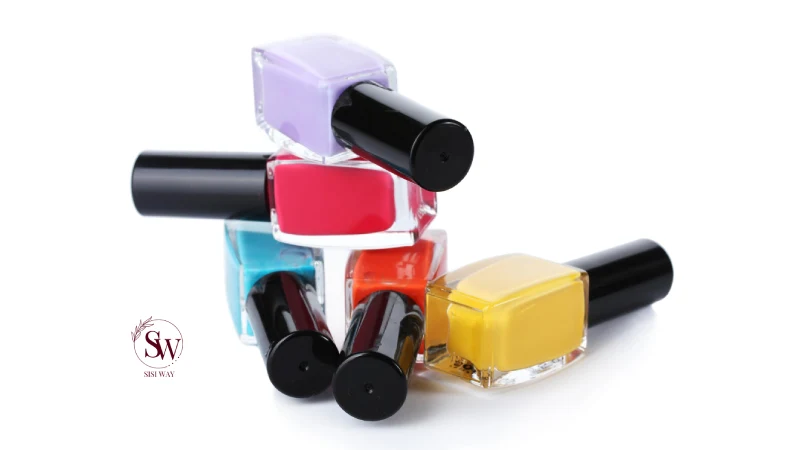
Temperature and light:
Temperature and light are two crucial factors that can significantly affect the lifespan of nail polish. Extreme temperatures, both hot and cold, can cause the chemical components of the polish to break down more rapidly, leading to changes in color, texture, and consistency. Exposure to direct sunlight can also accelerate the degradation process, causing the polish to become thick, clumpy, or even separate into layers. To preserve the quality of nail polish, it is essential to store it in a cool, dark place away from direct sunlight and avoid exposing it to extreme temperature fluctuations. By doing so, you can extend the lifespan of your nail polish and ensure that it remains in optimal condition for application.
Contamination:
Contamination is another critical factor that can affect the lifespan of nail polish. When the brush or the neck of the nail polish bottle comes into contact with bacteria or other contaminants, it can introduce them into the product. This can lead to the polish spoiling more quickly, causing changes in texture, color, and overall quality. To prevent contamination, it’s important to ensure that the brush and neck of the bottle are kept clean. Regularly wiping them with a lint-free cloth or paper towel soaked in acetone or nail polish remover can help remove any residue or bacteria. Additionally, it is advisable to avoid sharing nail polish with others to minimize the risk of contamination and extend the lifespan of your polish.
Quality of Ingredients:
The quality of the ingredients used in nail polish can significantly impact its longevity. Higher-quality polishes typically contain better formulations, which can result in a longer shelf life. Cheaper or lower-quality polishes may have a shorter lifespan due to the use of inferior ingredients that are more prone to degradation.
Also read: Top 10 Nail Polish Brands
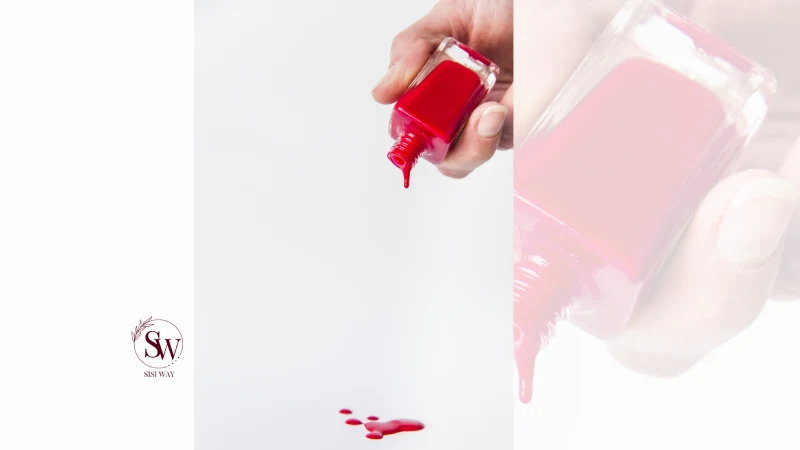
Frequency of Use:
The frequency at which you use a particular nail polish can influence its lifespan. If you use a polish frequently, it is more likely to be exposed to air and contaminants, which can accelerate its deterioration. On the other hand, if a polish remains unused for an extended period, it may still expire due to natural chemical breakdown over time.
what does expired nail polish look like?
Expired nail polish can exhibit several noticeable changes in its appearance and texture. Here are some common signs that indicate a nail polish has expired:
-
Separation:
Expired nail polish may separate into distinct layers that do not easily blend together even after shaking the bottle. You may see a clear liquid layer on top, followed by clumpy or thickened pigment settled at the bottom.
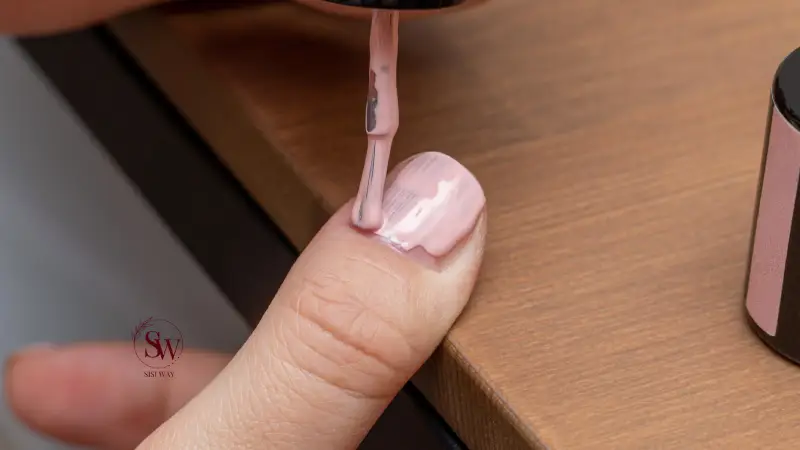
-
Change in Color and Consistency:
Over time, nail polish may undergo color changes, becoming darker or more opaque than when originally purchased. It may also develop a thicker, gooey consistency that makes it difficult to apply smoothly onto the nails. The texture can become clumpy, streaky, or lumpy rather than smooth and even.
-
Settling and Sedimentation:
Expired nail polish may exhibit significant settling of pigments and other ingredients at the bottom of the bottle. This settling can lead to an uneven distribution of color and texture when applied to the nails.
-
Alteration in Odor:
While nail polish typically has a distinct chemical scent, expired nail polish may develop an unpleasant or rancid odor. If you notice a strong, off-putting smell that is different from the usual nail polish scent, it could be an indication of spoilage.
-
Difficulty in Application:
Expired nail polish may become challenging to apply due to its altered consistency. It may appear streaky, clumpy, or uneven on the nails, making it harder to achieve a smooth and polished finish.
-
Extended Drying Time:
As nail polish ages, its solvents may evaporate, resulting in a longer drying time. If you find that a nail polish takes significantly longer to dry than it used to, it could be a sign of expiration.
It’s important to remember that these are general indicators, and the specific changes in an expired nail polish may vary depending on the brand, formulation, and storage conditions. If you notice any of these signs, it’s best to err on the side of caution and replace the nail polish to ensure optimal application and results.
Proper Storage and Prolonging the Lifespan:
Proper storage and prolonging the lifespan of various products are essential practices to ensure their effectiveness and longevity. This holds true for nail polish as well. By following appropriate storage methods and taking certain measures, you can maximize the lifespan of your nail polish collection and maintain the quality of the polishes
-
Store in a cool, dark place:
Keep your nail polishes away from direct sunlight and extreme temperature fluctuations. A cool, dark cabinet or drawer is an ideal storage location.
-
Tighten bottle caps securely:
Properly sealing the bottle after each use minimizes air exposure and helps prevent the polish from drying out.
-
Clean brush and neck:
Regularly wipe the brush and neck of the bottle with a lint-free cloth or paper towel soaked in acetone or nail polish remover to remove any residue or bacteria.
-
Avoid sharing:
Sharing nail polish increases the risk of contamination, shortening its shelf life. It’s best to use your own nail polish and avoid swapping it with others.
Can Old Nail Polish Damage your Nails?
Using old or expired nail polish can be detrimental to the health of your nails. The chemical composition of nail polish can undergo changes over time, leading to potential damage when applied to your nails. Old nail polish may become thick, clumpy, or dry, which can strip away the natural moisture and oils from your nails, leaving them dry and brittle. Dry nails are prone to breakage, splitting, and peeling. Additionally, expired nail polish may contain harsh chemicals that can further contribute to nail dryness and weaken their structure. Continued use of old nail polish can compromise the overall health and appearance of your nails.
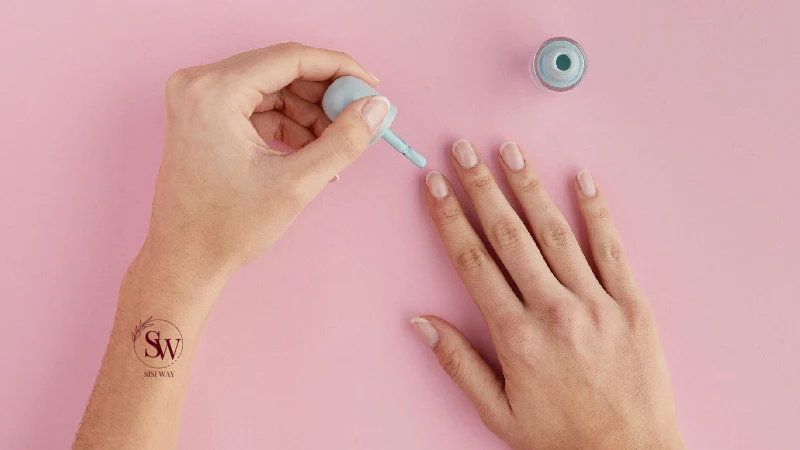
Moreover, using old nail polish can increase the risk of bacterial and fungal infections. As nail polish ages, it becomes more susceptible to contamination. Bacteria and fungi can thrive in the bottle and on the brush, and when applied to your nails, these microorganisms can be transferred, leading to infections such as nail fungus or bacterial nail infections. These infections can cause discoloration, thickening, and damage to the nails if left untreated. It is important to prioritize the health of your nails by regularly inspecting your nail polish collection and disposing of any expired or deteriorated products to avoid potential damage and maintain the well-being of your nails.
FAQ
- Does nail polish have an expiration date?
Nail polish does not typically come with a specific expiration date. However, it can expire and become less effective over time.
- Can expired nail polish be harmful to use?
Yes, using expired nail polish can potentially be harmful. It may have an altered consistency, be more prone to bacterial contamination, and can cause nail dryness or brittleness.
- How can I tell if my nail polish has expired?
Signs of expired nail polish include separation into layers, changes in color or consistency, an unpleasant odor, and difficulty in application. If you notice these signs, it’s best to replace the polish.
- Can you use 10 years old nail polish?
It is generally not recommended to use nail polish that is 10 years old. Nail polish can deteriorate and become less effective over time, potentially leading to undesirable results or even harm to your nails. It’s best to replace old nail polish with fresh products for optimal performance and to ensure the health of your nails.
Conclusion:
Nail polish, like many cosmetic products, does expire over time due to exposure to air, light, and other factors. While it may not come with an official expiration date, there are clear signs that indicate a polish is no longer suitable for use. By understanding how to store your nail polish properly and taking precautions to prevent contamination, you can extend the lifespan of your favorite shades and maintain their quality. So, remember to keep an eye on the signs of expiration and enjoy your vibrant and well-preserved nail polish collection.



